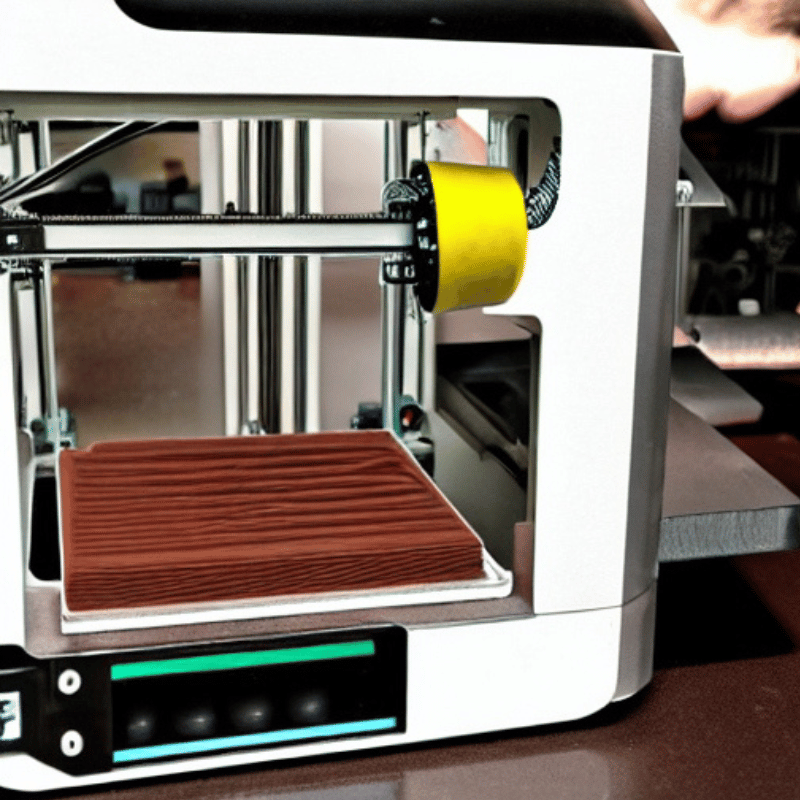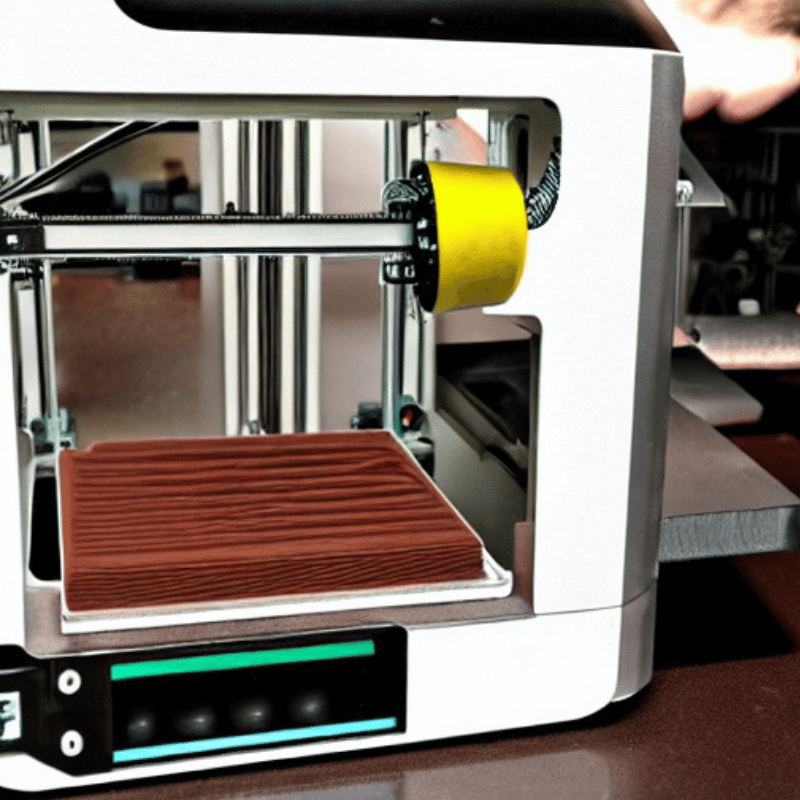
3D printing has revolutionized the way we think about manufacturing and design. With the ability to create complex and intricate structures using various materials, 3D printing has found its way into a wide range of industries, including food production. 3D food printing is a new technology that creates customized, edible objects, from simple shapes to intricate designs. But what types of food can be printed using a 3D printer?
Chocolate
Chocolate is one of the most popular types of food that can be printed using a 3D printer. Chocolate is ideal for 3D printing because it is easy to work with and has a low melting point. Chocolate can be printed in various shapes and designs, from simple hearts to intricate sculptures.
Sugar
Another popular material for 3D printing is sugar. Using traditional methods, sugar can be used to create intricate designs, such as lace patterns, that are difficult or impossible to achieve. Sugar can also be flavoured and coloured to create unique and customized desserts.
Meat
Meat is another material that can be printed using a 3D printer. Although still in its early stages, researchers are exploring the possibility of printing meat products such as burgers and steaks. By using plant-based proteins and other ingredients, it may be possible to create meat products that are more sustainable and environmentally friendly than traditional meat production methods.
Other Foods
In addition to these materials, a variety of other foods can be printed using a 3D printer, including pasta, vegetables, and even pizza. With the ability to customize the shape and texture of these foods, 3D printing can revolutionize the way we think about food production and design.
Limitations
However, it’s important to note that not all foods are suitable for 3D printing. Foods with high moisture content or delicate textures may not hold up well during printing. Additionally, some foods may require special preparation or processing before they can be printed.
Conclusion
3D printing has opened up a world of food production and design possibilities. With the ability to print a wide range of materials, including chocolate, sugar, meat, and more, 3D printing has the potential to revolutionize the culinary industry. As this technology continues to develop and evolve, we can expect to see even more exciting and innovative uses for 3D food printing in the future.


Recent Comments